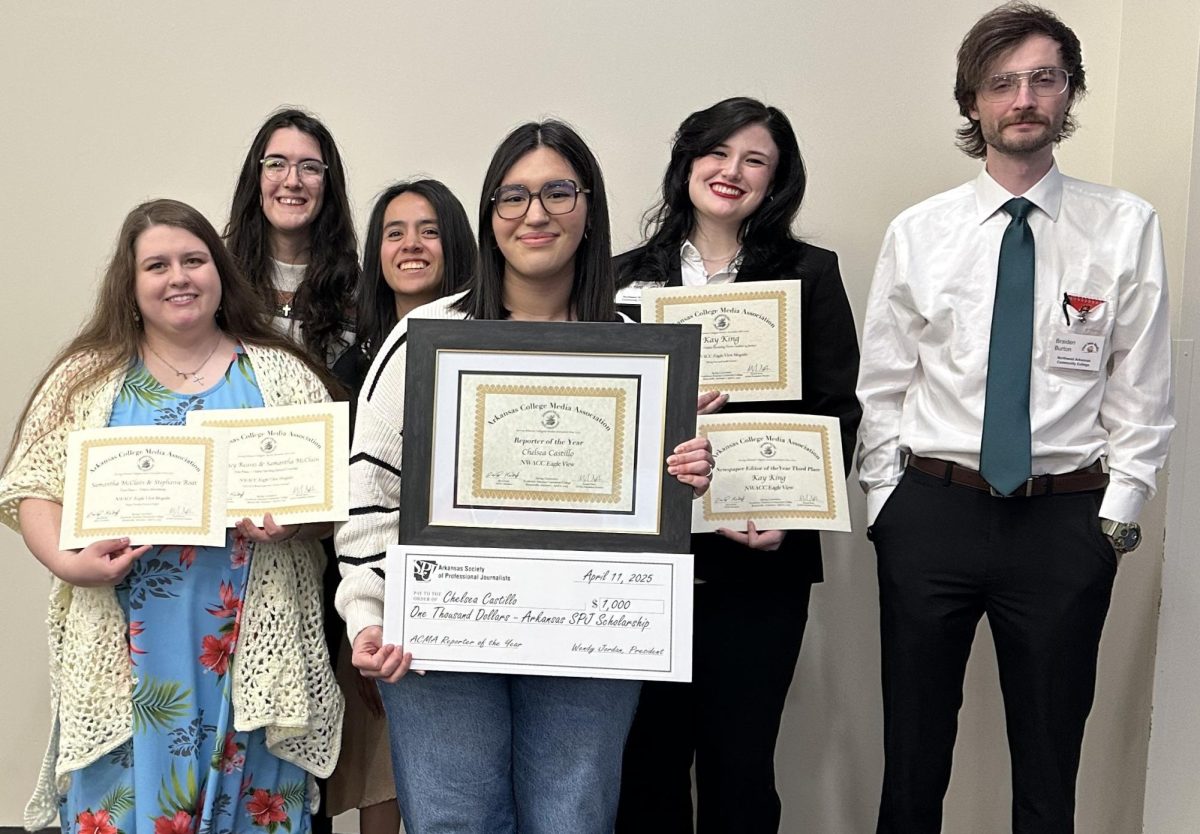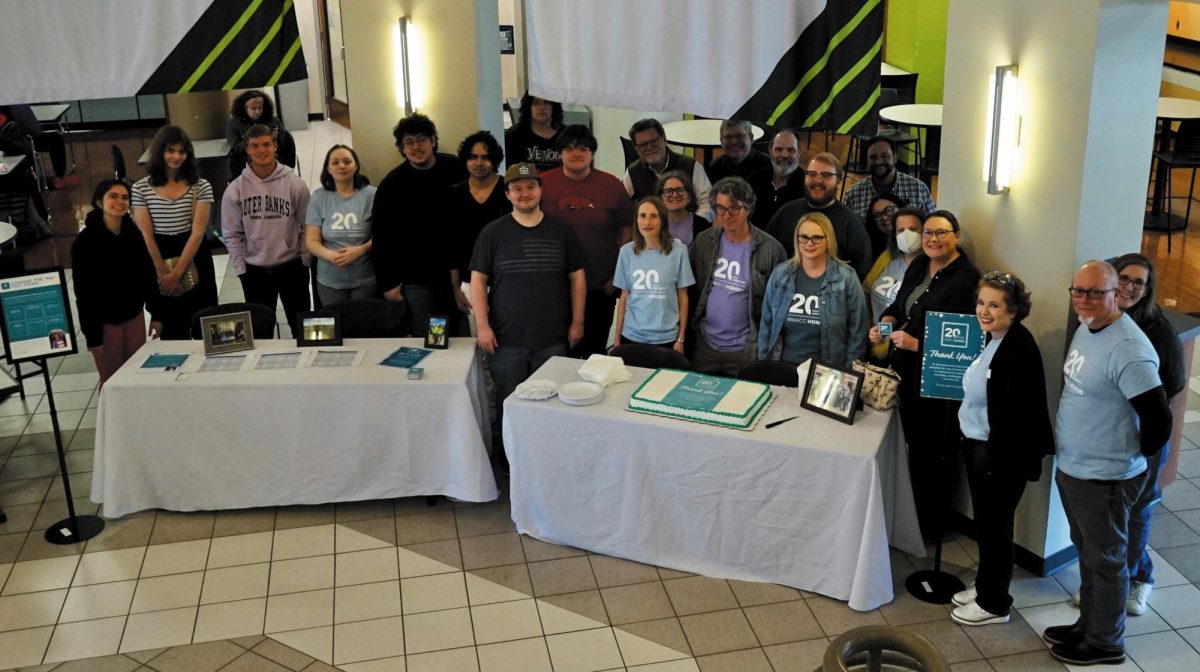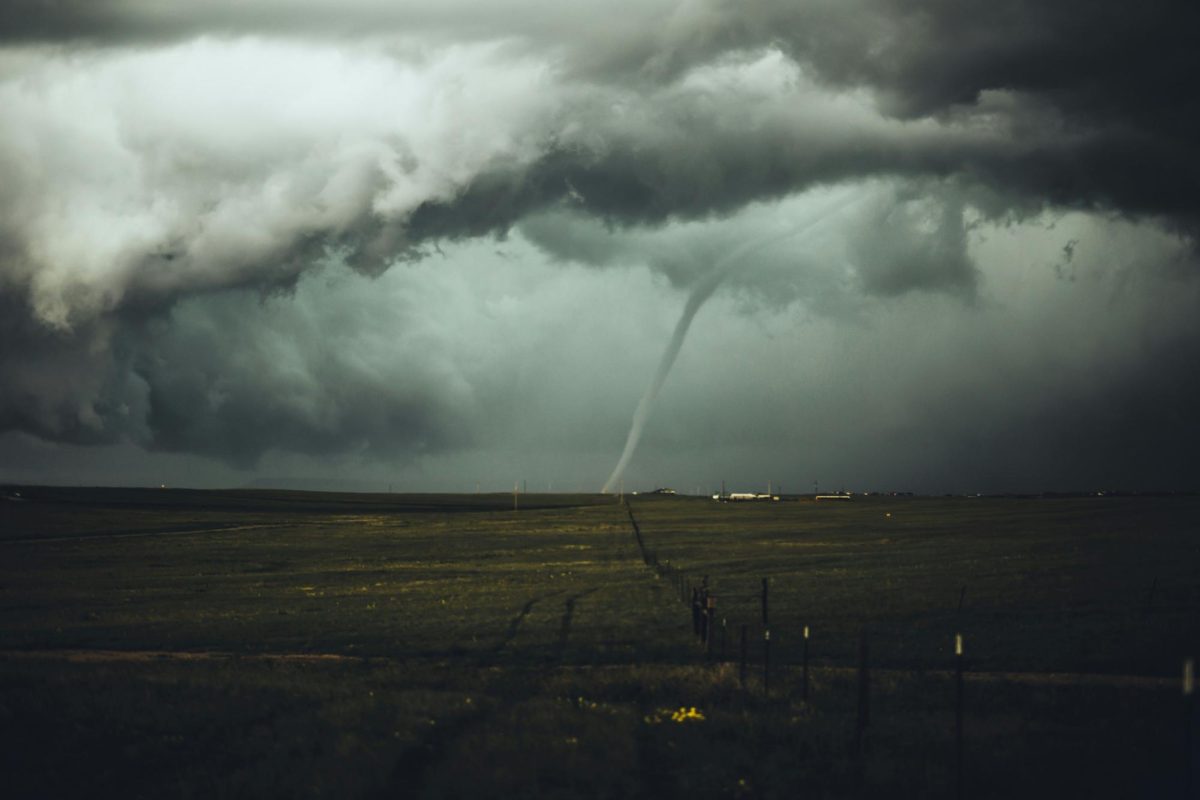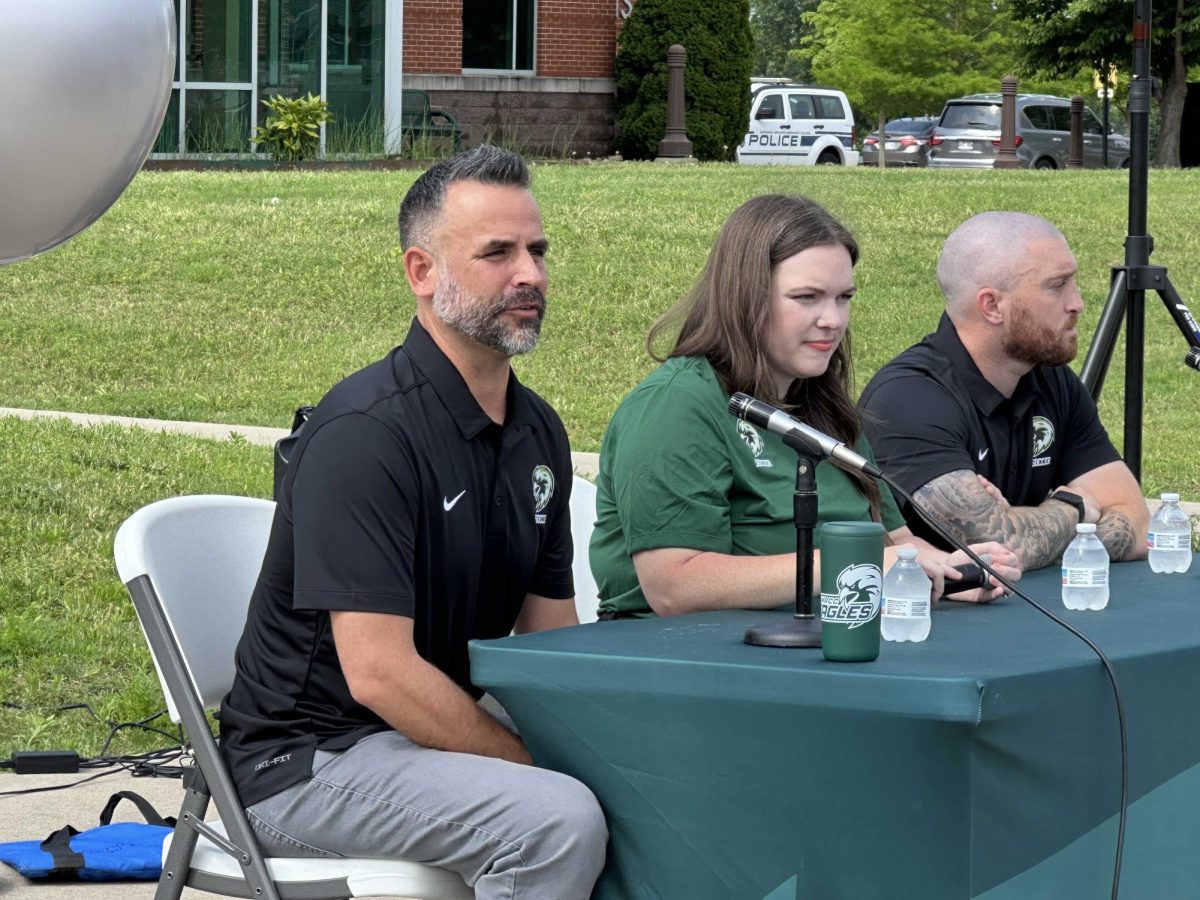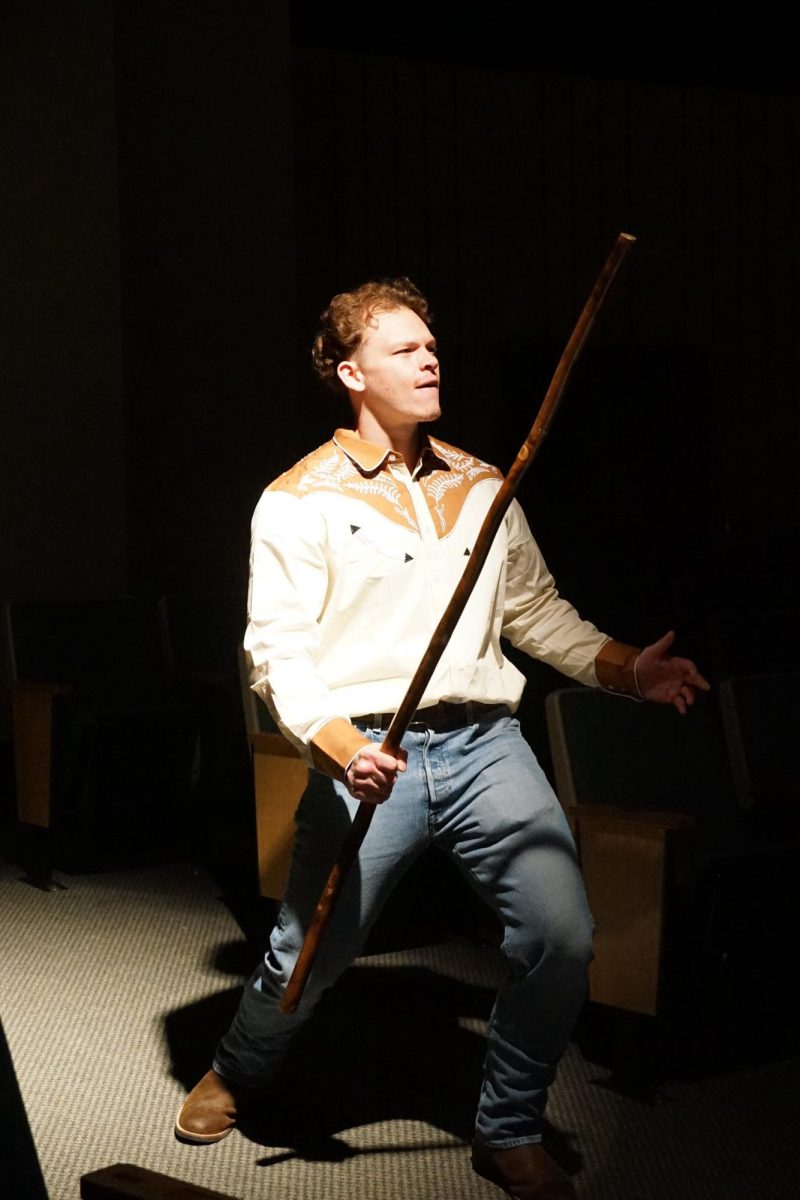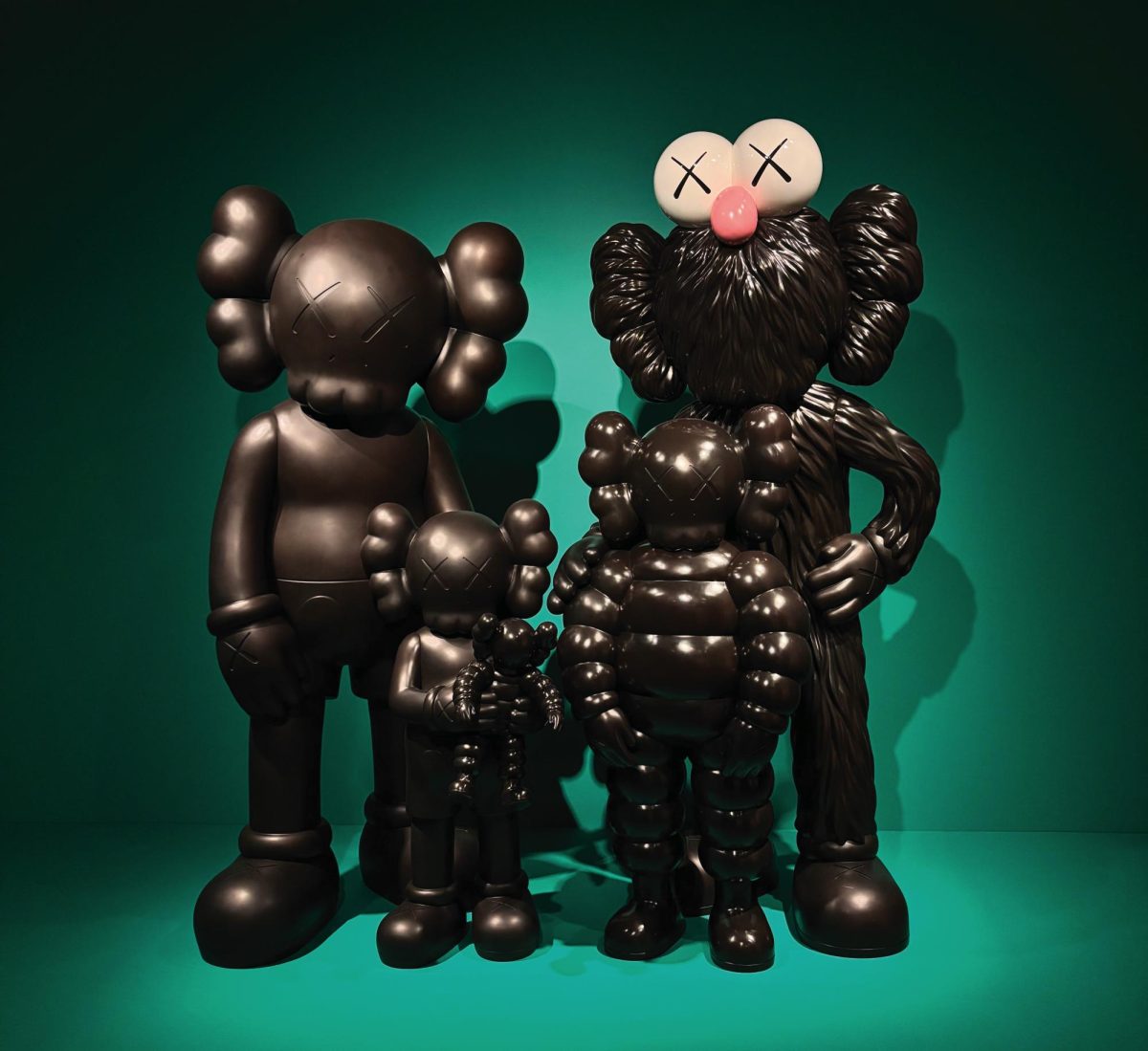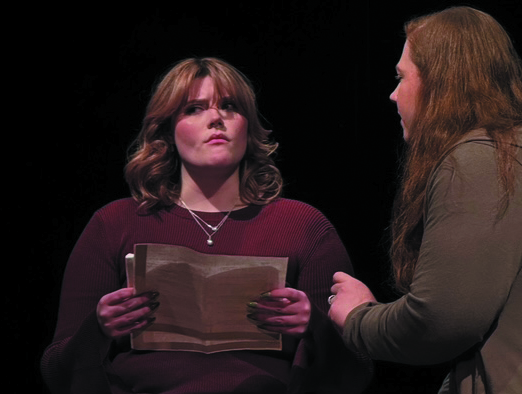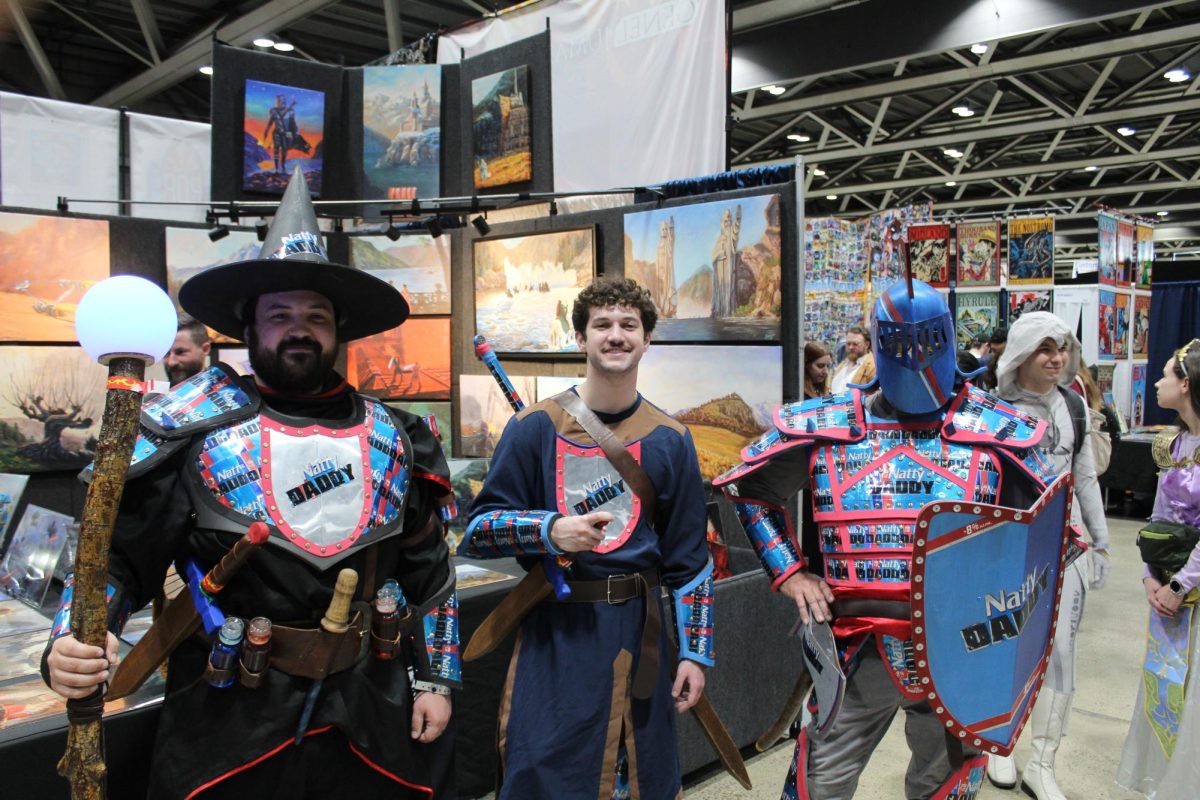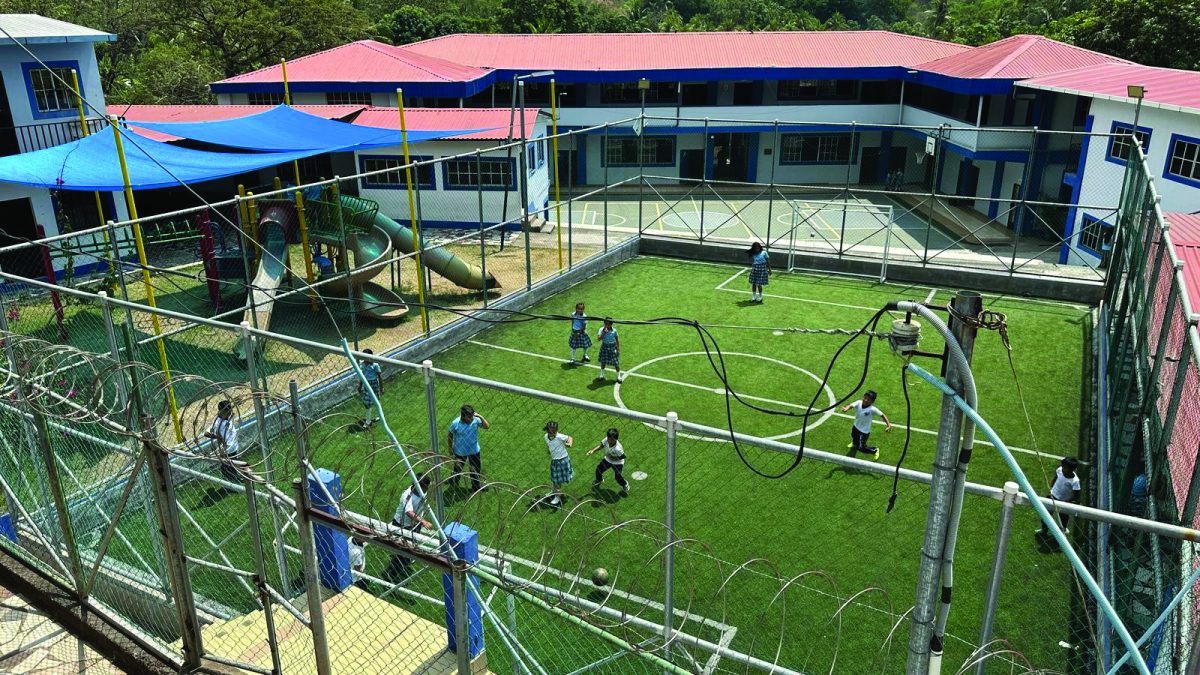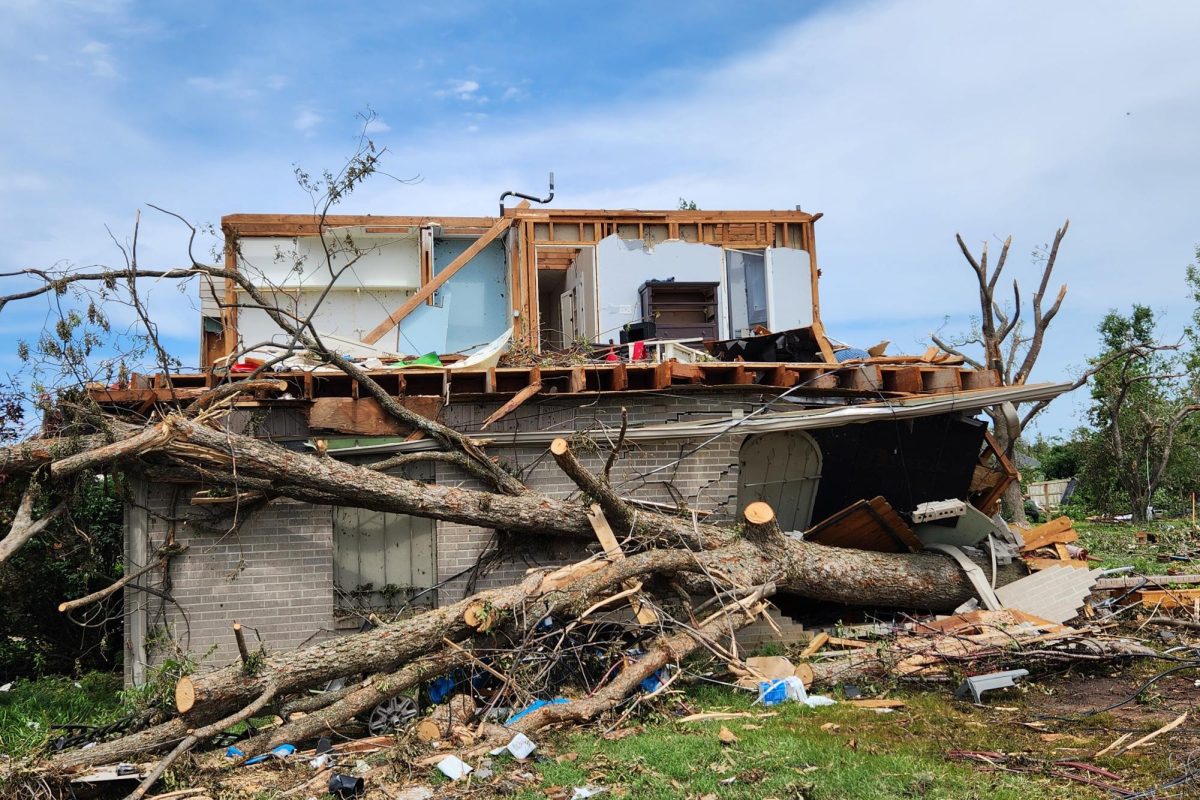Planet Comicon Kansas City is the largest comic book and pop culture convention not just in the Kansas City area, but within this entire region of the Midwest. The NWACC Eagle View staff members were invited to participate and report at the convention from March 20 to 23. Planet Comicon has a 26-year history, with the first convention being held in Overland Park, Kansas, in March 1999.
The first comic book convention took place in New York City in 1964. San Diego Comic-Con International, which is considered in the industry to be the flagship event, got its start in 1970. “These early conventions were intimate affairs, hosted by small groups of like-minded comic collectors and fans, generally taking place in regional hotels. (The first San Diego Comic-Con had around 100 participants; today, the annual attendance exceeds 130,000.) In these early cons, the emphasis remained largely on exhibiting rare or special comics and bonding over shared fandom,” according to UCF.edu.
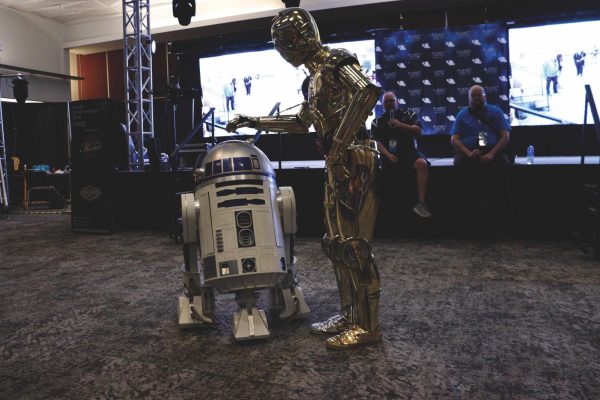
San Diego Comic Convention—the corporate name of the non–profit organization behind Comic-Con International: San Diego—also puts on WonderCon and many other events. From 1995 until 2014, Comic-Con also was in charge of APE, the Alternative Press Expo, in San Francisco (2002–2014) and San Jose (1995–2001). “Founded by Dan Vado of SLG Publishing, the Alternative Press Expo was one of many shows across the United States that year that focused on independent comics. Vado’s vision was to create an event that would spotlight small publishing companies, self-publishers, and creators working in the alternative and independent side of the comics industry. This show also allowed greater interaction between attendees and creators and added fuel to the DIY (Do-It-Yourself) comics movement growing around the world. That first APE tied into a series of like-minded gatherings around the country, coming off the “Spirits of Independence Tour” of Dave Sim, creator of Cerebus, and is one of only two conventions that survived and flourished beyond the first show,” said comic-con.org.
Conventions have changed considerably and are now more widely accepted including different kinds of fandom — not just comics, but also sci-fi movies, board games and more. Major publishers and even Hollywood movie studios have gotten involved.
One of the most significant evolutions may be the rise of cosplay, or dressing up in costumes. This is an increasingly common occurrence at comic conventions, with fans delighted to show up dressed as their favorite superheros or movie characters.
In recent years, conventions have gotten bigger and bigger. In 2015, San Diego Comic-Con generated profits exceeding $17 million and it continues to grow each year, with the revenue in 2017 reaching $19 million. “San Diego remains the largest comic convention in the United
States, while New York Comic Con is the largest on the East Coast. At any given convention, there may be hundreds of events; in San Diego, participants have more than 600 options for panels, demos, previews and similar activities,” said UCF.edu.
As for international conventions, Comiket (or Comic Market), which takes place in Tokyo, often has attendance exceeding 590,000 people, mostly focusing on the Japanese comic genre called manga. This convention started in 1975 and has grown considerably since then.


